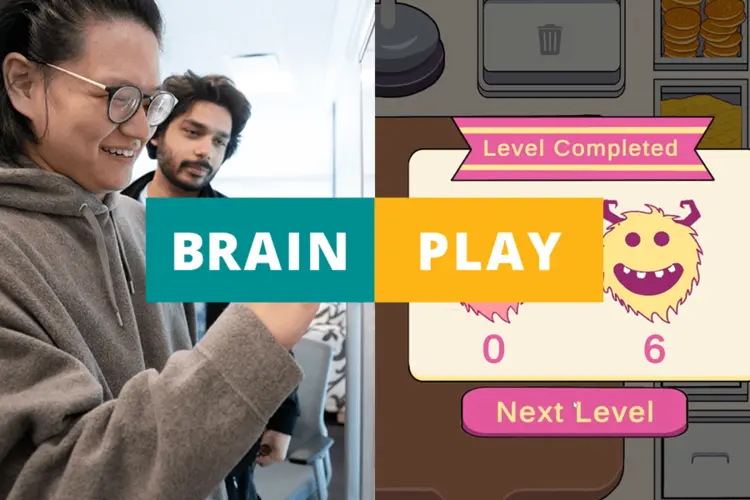Neuroscientists Gain New Understanding of Neural Pathway
Paper challenges long-held theory about cells in the basal ganglia
Media Inquiries
In a paper published in Neuron(opens in new window), Aryn Gittis(opens in new window) and colleagues present new information about a neural pathway in the basal ganglia, a part of the brain important for skill learning, habit formation and motor control. The paper contradicts the model that has guided researchers’ understanding of motor learning for 30 years.
Gittis said there are two common theories about what happens in the basal ganglia.
"One school of thought is that the basal ganglia is for motor control — how you stop and go, the gas and brake pedals of the brain," she explained. "Others think it is involved in learning and shaping movement. If a behavior leads to a reward, we do it more. If it prevents a reward, we stop doing that."
In previous work, researchers showed that activating a specific pathway in the basal ganglia seemed to stop movement in animals, supporting the first theory. To understand why, Gittis and her team took a close look at what happens when specific cells in that pathway, called the "indirect pathway," are activated.
"We show that when you activate those neurons, you're actually activating several pathways simultaneously," Gittis said.
Gittis and her team found that this simultaneous activation of multiple pathways had caused previous researchers to draw the wrong conclusions about the function of the indirect pathway. Stimulating neurons at the beginning of the indirect pathway, D2 neurons, activate two other groups of cells, the globus pallidus (the next cell group in the indirect pathway) and D1 neurons which are part of a different neural pathway. It turned out that the motor effects produced by D2 stimulation that had been attributed to the indirect pathway were actually due to the spurious co-activation of D1 neurons which control motor function.
When experimental conditions were controlled to only activate the indirect pathway, Gittis and colleagues found that this pathway drives learning.
"Rather than driving motor control or directly affecting motor control, it’s shaping behavioral selection," Gittis said.
Since the pathway affects learning and behavior, it could serve as a target for compulsive behavior treatments in the future. When the indirect pathway is activated, it makes a behavior that was going to happen significantly less likely to happen in the short term. If the same pathway were activated in a person with a compulsive behavior, it could make them less likely to perform the specific compulsive behavior while not blocking all motor function.
Gittis said that this discovery could open doors to additional research, and is proud that her team was able to question long-standing theories.
"You need to question assumptions and really go directly to the data that has led to that assumption. Oftentimes there are gaps that actually hold the key to the discovery," she said.
Aryn Gittis




